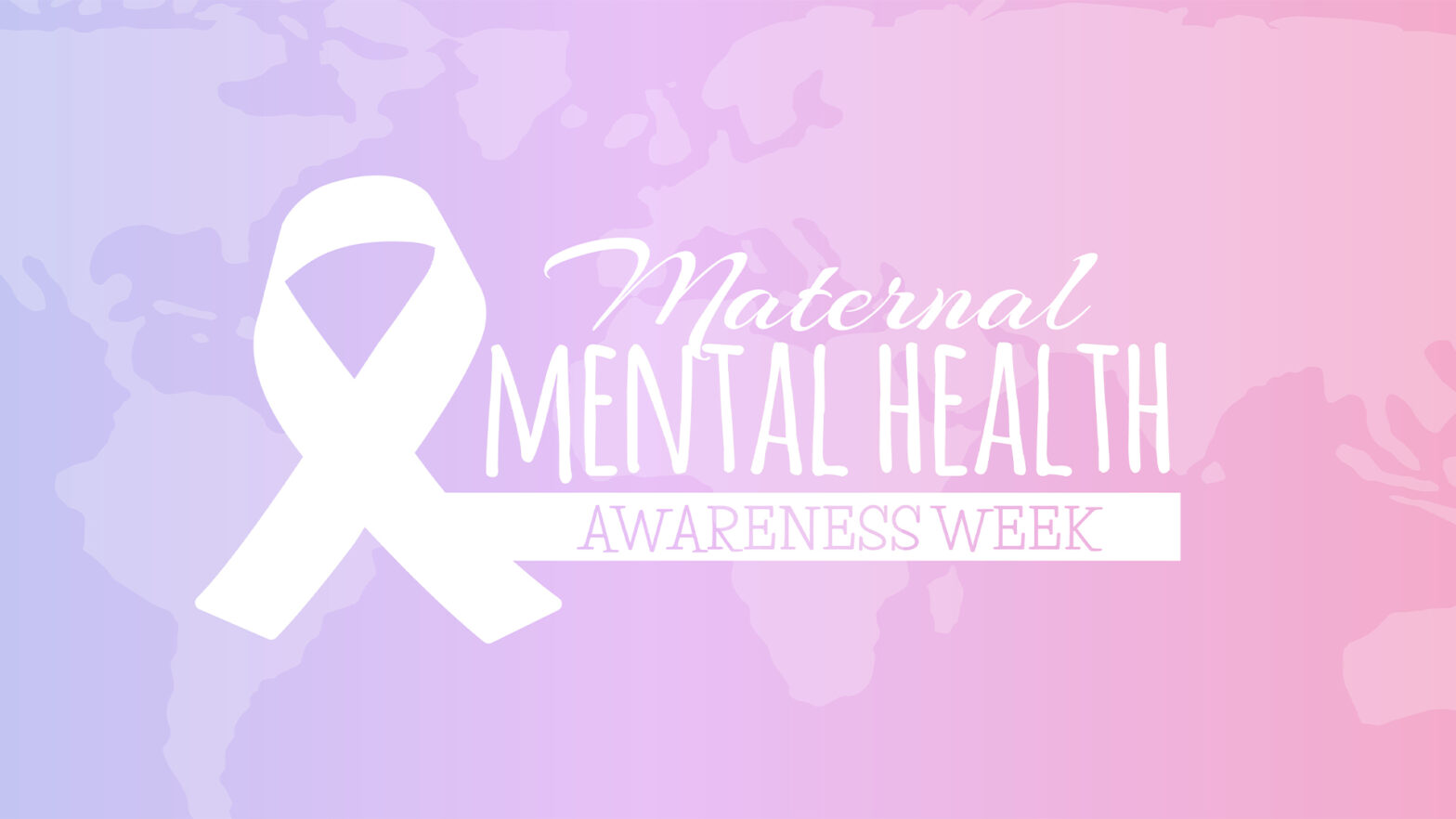You’ve probably heard about cannabidiol, or CBD, as a new tool for managing pain. Unlike THC, another compound found in cannabis, CBD doesn’t produce the ‘high’ commonly associated with the plant. Instead, research suggests it interacts with your body’s endocannabinoid system, which plays a role in regulating pain responses, among other things.
But navigating the world of pain management isn’t simple, even with a promising new option like CBD on the table. Traditional methods, from over-the-counter medications to physical therapy, still play crucial roles in managing chronic pain.
Combining these conventional strategies with CBD could potentially enhance pain relief.
However, it’s crucial to do so safely and effectively, understanding the potential risks and benefits.
This article will delve into the science behind CBD and pain management and explore how it can be integrated with other strategies for maximum benefit.
Key Takeaways
- CBD has potential therapeutic benefits for pain management and can be a valuable addition to traditional pain management strategies.
- CBD interacts with the body’s endocannabinoid system and can reduce inflammation and pain perception.
- CBD can enhance the pain-relieving effects of over-the-counter or prescription medications, including opioids, potentially reducing side effects.
- It is important to consult a healthcare professional before incorporating CBD into a pain management strategy, especially if taking other medications, as CBD can interact with certain liver enzymes and increase their concentration in the blood.
Understanding Cannabidiol and its Effects
CBD is one of over 113 cannabinoids identified in the cannabis plant. It is thought to inhibit the reuptake of certain neurotransmitters in your brain, enhancing their effects on your nerve cells. This can result in a multitude of potential health benefits, including pain relief.
In terms of pain management, CBD has been shown to be particularly effective in managing chronic pain conditions. It’s believed to work by interacting with the ECS’s cannabinoid receptors, mainly CB1 and CB2. CB1 receptors are primarily found in the brain and central nervous system, while CB2 receptors are more common in the peripheral organs and immune cells.
When you use CBD, it doesn’t directly bind to these receptors but instead influences them to use more of the body’s naturally produced cannabinoids. This can help reduce inflammation and pain perception, offering a potential alternative for those who want a natural approach to pain relief.
Conventional Methods for Coping with Chronic Discomfort
When living with chronic discomfort, it’s crucial to familiarize yourself with conventional methods designed to help you cope.
One typical approach is the use of over-the-counter (OTC) and prescription medications. These medications, such as nonsteroidal anti-inflammatory drugs (NSAIDs), opioids, or acetaminophen, work by reducing inflammation or blocking pain signals to the brain. Though effective, these drugs can present serious side effects, including dependency, especially when used long-term.
Physical therapy is another conventional strategy that helps improve mobility and strength, which can alleviate some chronic pain conditions.
Another method to manage chronic discomfort is through cognitive behavioural therapy (CBT). This psychological approach trains you to manage your pain by changing negative thought patterns and behaviors. It’s been backed by research to be particularly effective in reducing the intensity of pain and improving the quality of life for those living with chronic discomfort.
Additionally, lifestyle changes including regular exercise, a healthy diet, and adequate sleep can also play a significant role in managing pain. These non-pharmacological interventions have fewer side effects and can have a substantial impact on your overall well-being.
The Role of Cannabidiol in Discomfort Alleviation
Have you ever considered exploring the world of cannabidiol as a potential avenue for alleviating your chronic discomfort? The compound, more commonly known as CBD, has recently been thrown into the limelight, with growing number of dispensaries and cannabis delivery services, and scientific studies increasingly backing up its potential for pain relief.
This doesn’t mean that CBD is a miracle cure-all, but it does suggest that it could be a valuable tool in your pain management arsenal. It works by interacting with your body’s endocannabinoid system, a complex cell-signaling system involved in maintaining your body’s homeostasis. When you ingest CBD, it binds with certain receptors in this system, potentially reducing your perception of pain.
Safety Considerations and Risks of Cannabidiol
Navigating the world of cannabidiol, you’ll find it’s not all sunshine and rainbows; there are some safety considerations and risks to bear in mind.
While CBD is generally considered safe and well-tolerated, some people may experience side effects like drowsiness, dry mouth, reduced appetite, and diarrhea. Moreover, CBD can interact with various medications, including some types of anti-epileptic drugs, increasing their concentration in your blood and potentially leading to adverse effects.
It’s vital, therefore, to consult with a healthcare professional before starting a CBD regimen, especially if you’re already on medication.
Additionally, the quality and purity of CBD products can vary significantly. Some products may not contain the amount of CBD claimed on the label, while others may be contaminated with pesticides or heavy metals. Unfortunately, the CBD market is largely unregulated, leaving it up to you to do the research and ensure you’re buying from a reputable source.
Conclusion
You’ve discovered the benefits of CBD and traditional pain management strategies. It’s crucial to balance these approaches for maximum relief.
Remember, CBD’s role in discomfort alleviation is backed by science, but it’s not a magic bullet.
Consider safety and possible risks before integrating CBD into your regimen. It’s all about finding the right balance for you.
Knowledge is power, so stay informed and proactive in your journey to pain relief.

















